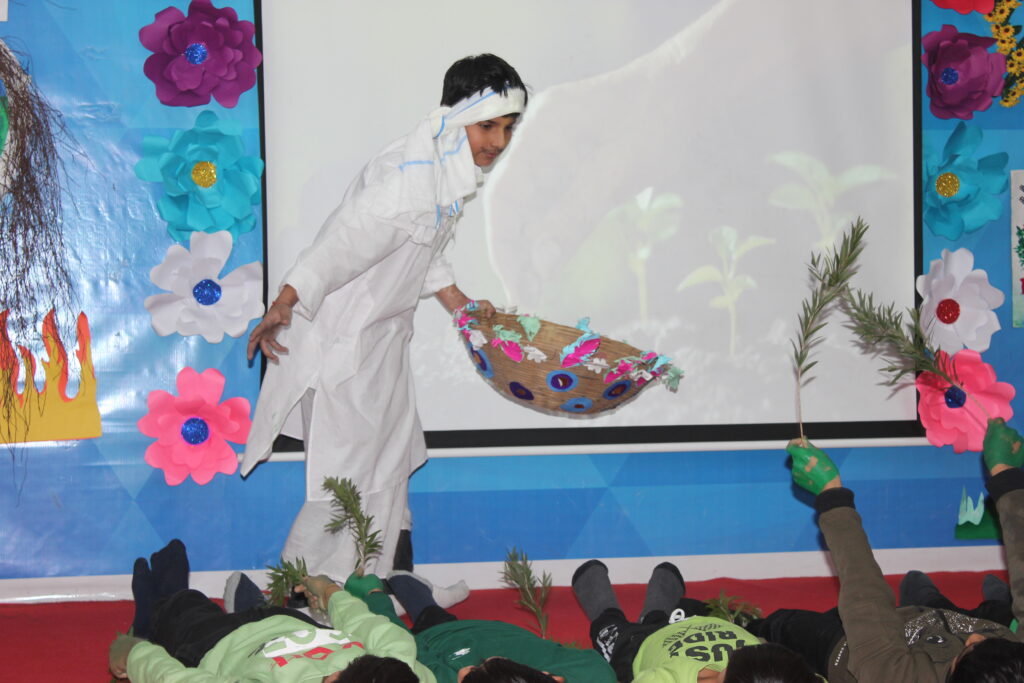
A Presentation Student of class IV on Preserve to conserve
The concept of conservation has become paramount. As we strive to protect our planet and its resources, one crucial aspect often overlooked is preservation. By preserving natural resources, we lay the groundwork for effective conservation strategies, ensuring a sustainable future for generations to come.
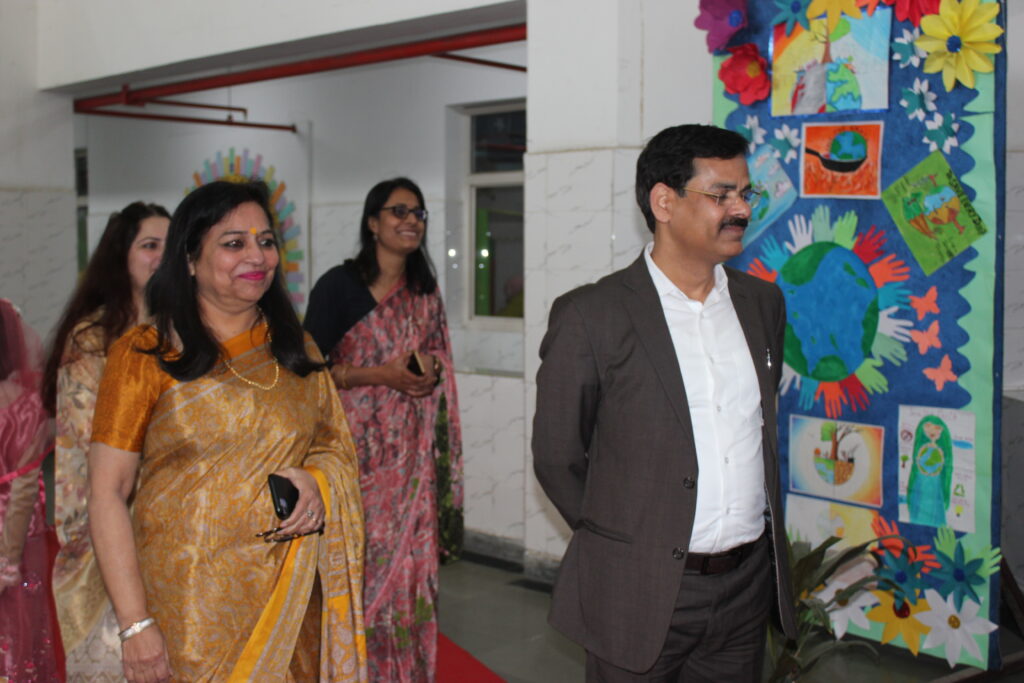
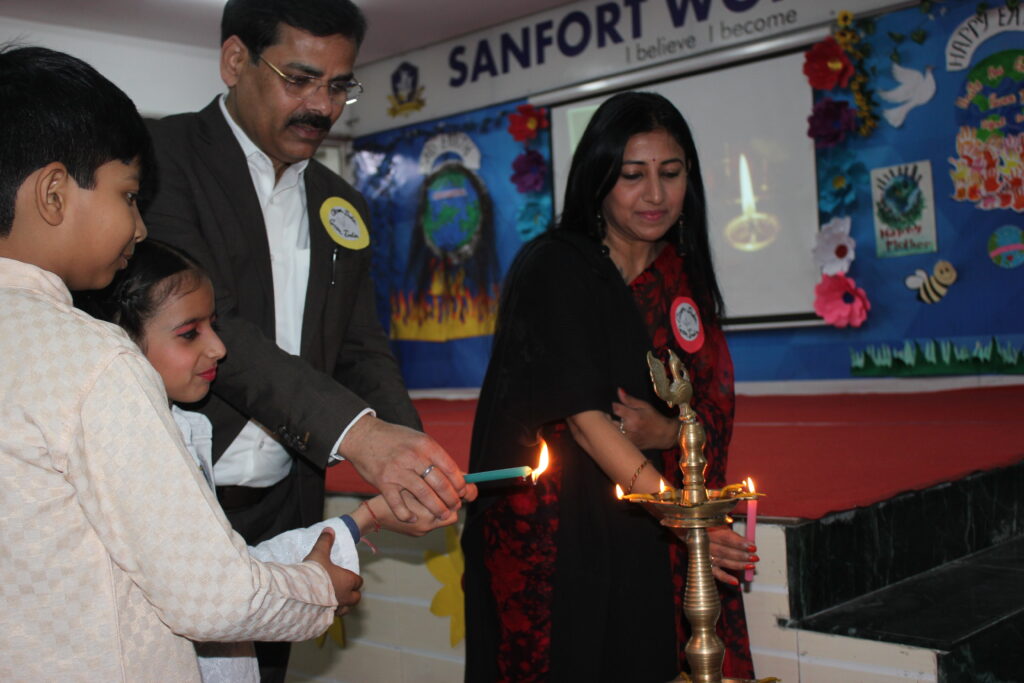
Preservation involves safeguarding resources in their current state, minimizing waste, and maximizing efficiency. This proactive approach mitigates the need for excessive consumption and reduces the strain on ecosystems. Whether it’s preserving forests, water sources, or biodiversity, every action taken to maintain the integrity of our environment plays a vital role in conservation efforts.
Safeguarding Our Natural Heritage for Future Generations
The Key to understanding preservation is recognizing its symbiotic relationship with conservation. By integrating preservation practices into conservation initiatives, we can achieve a harmonious balance between human activity and the environment.
At its core, preservation encourages us to re-evaluate our consumption patterns and adopt sustainable practices. From reducing our carbon footprint to promoting renewable energy sources, every individual has the power to contribute to preservation efforts. Whether it’s through recycling, reusing, or minimizing waste, small changes in behavior can have a significant impact on preserving our planet’s resources.
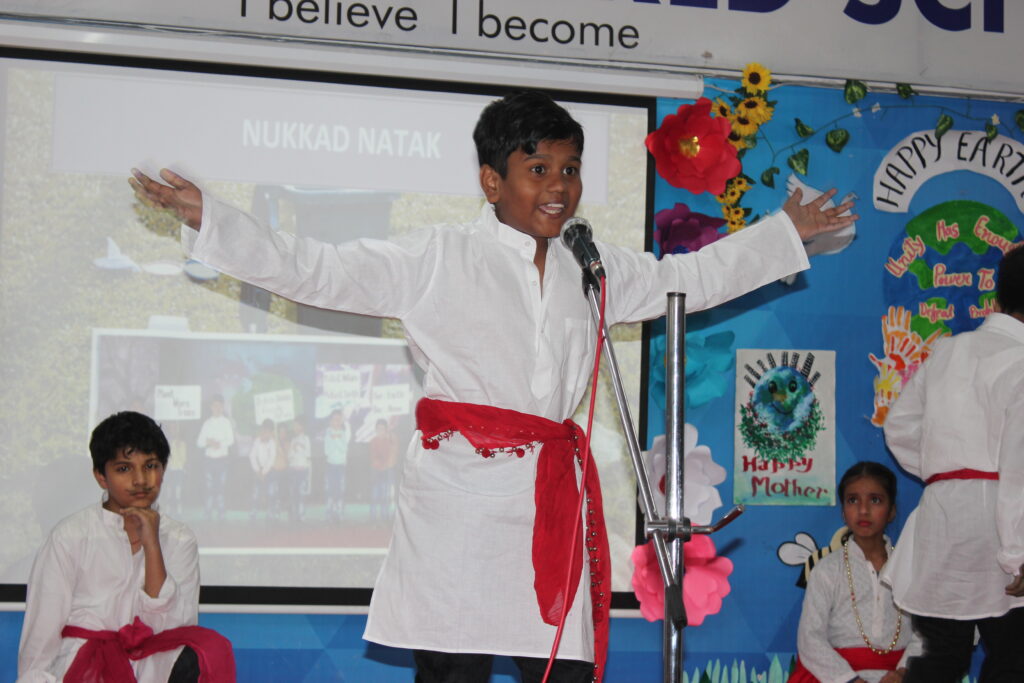
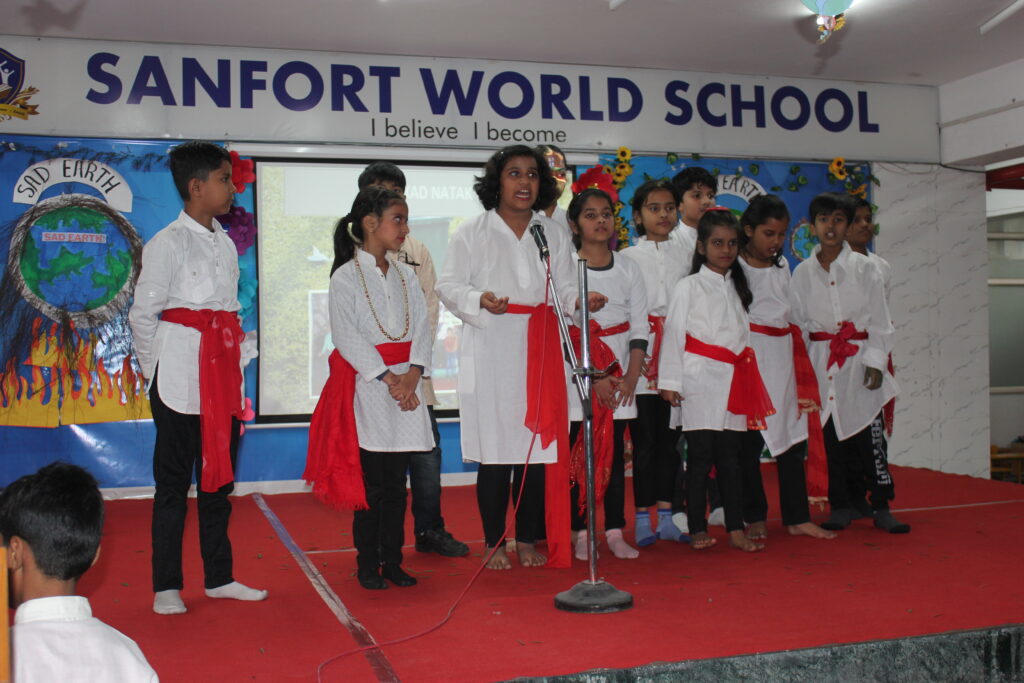
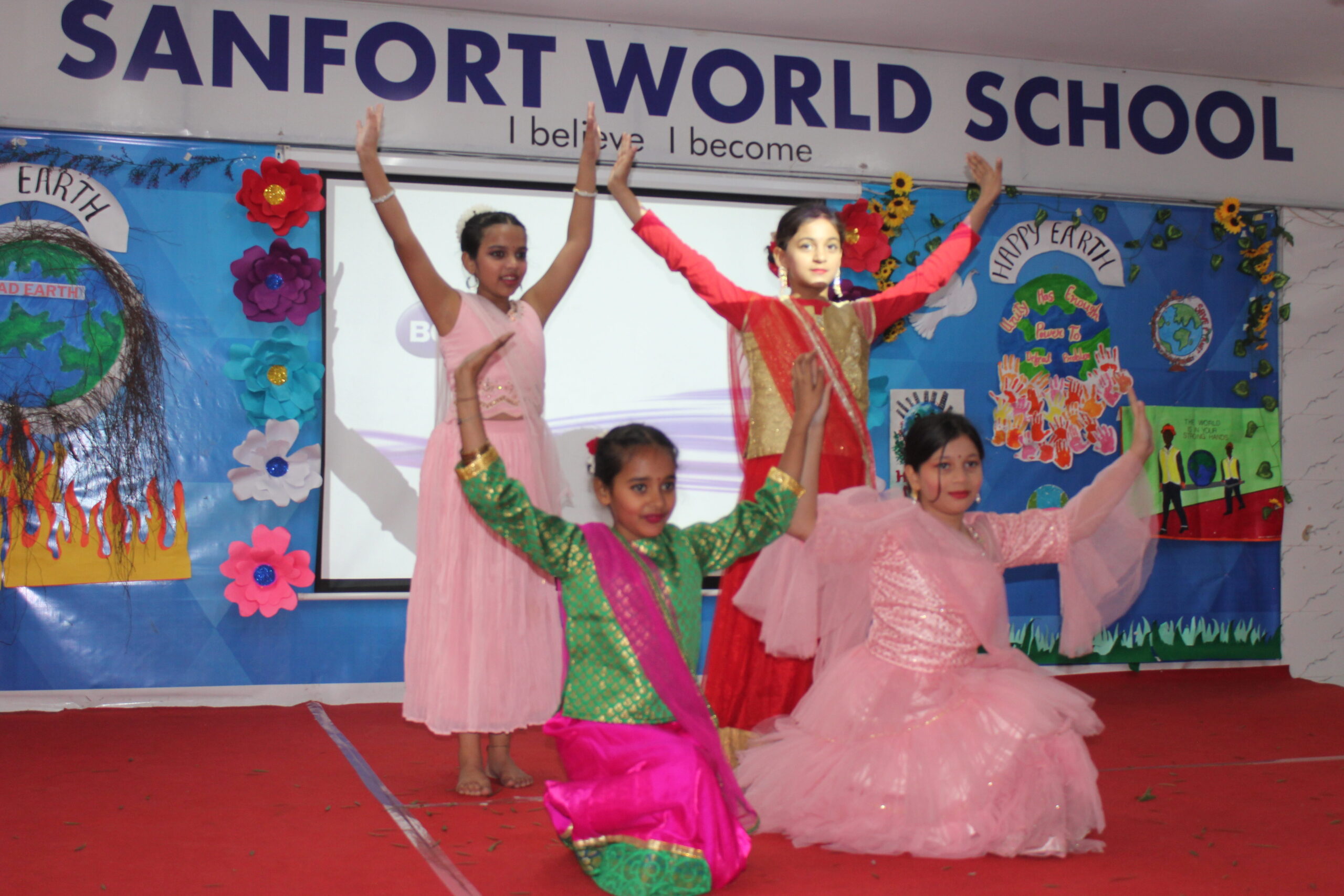
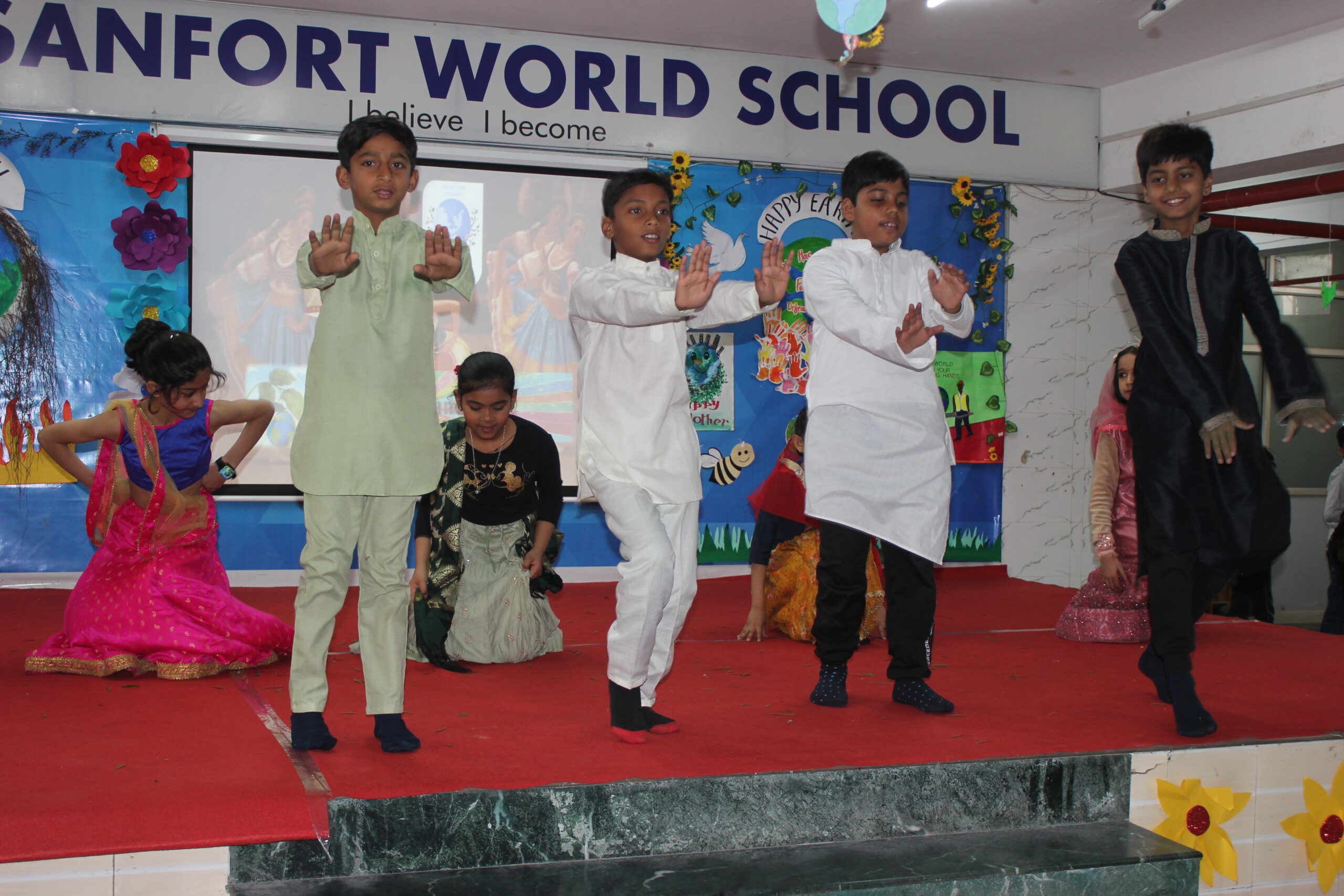
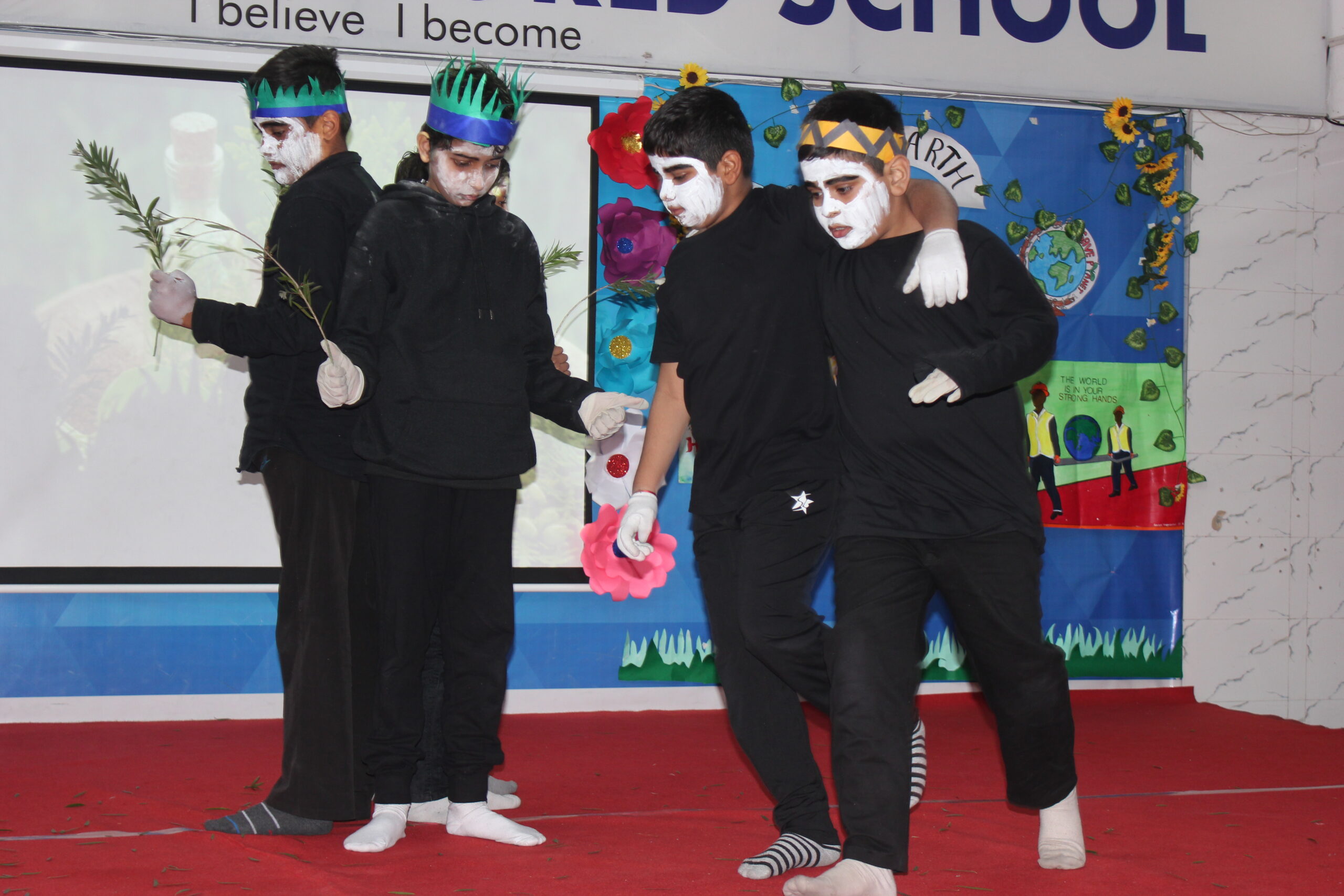
Preservation extends beyond environmental conservation to encompass cultural heritage and historical landmarks. By safeguarding these invaluable assets, we not only protect our collective heritage but also enrich future generations with a deeper appreciation for our shared history of preservation to conservation in the world.
Preservation into our daily lives is not only an ethical imperative but also a strategic investment in our planet’s future. By preserving resources today, we ensure their availability for future generations, fostering a legacy of sustainability and stewardship.Remember, every action taken to preserve today lays the foundation for a brighter tomorrow.
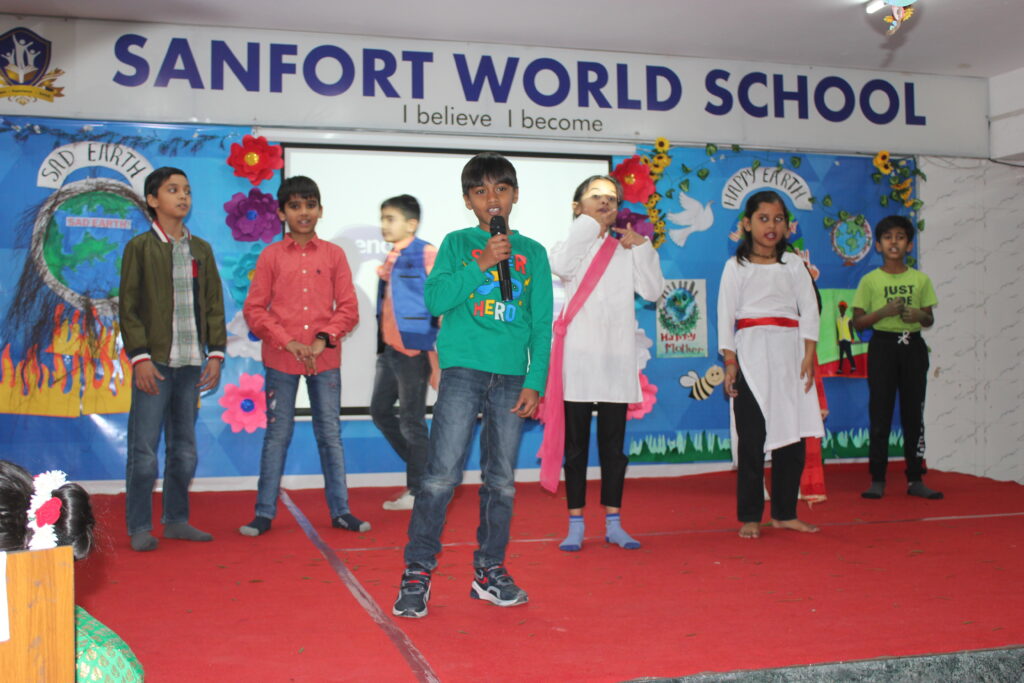
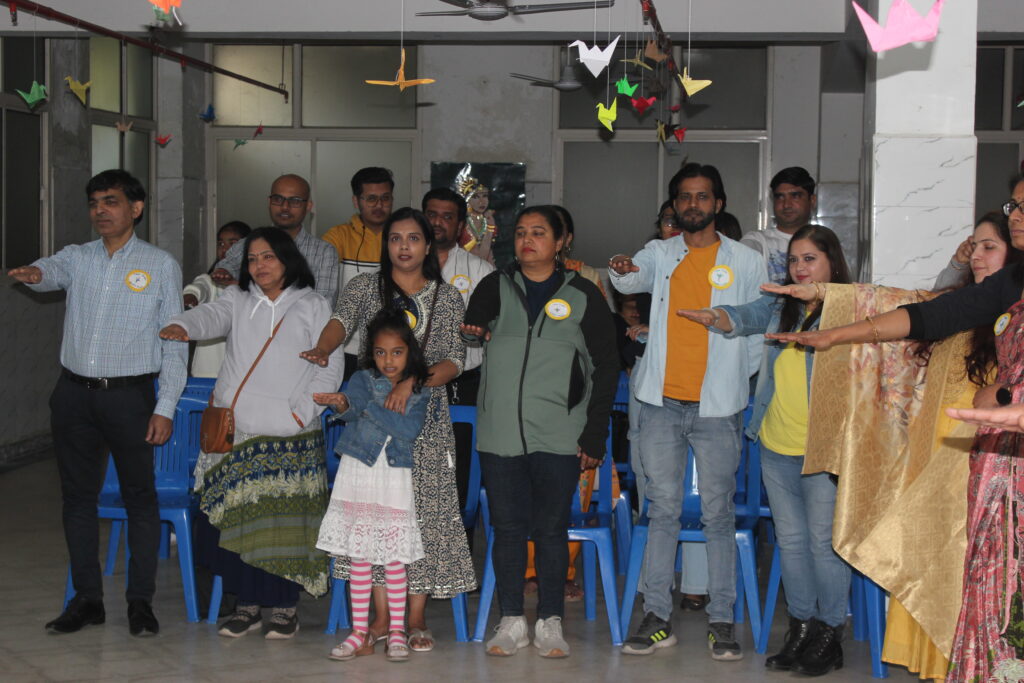
Connect us :
Admission Open : 2024-25
Website : www.sanfortworldschool.com
facebook Page : https://www.facebook.com/swsgreaternoida
Instagram Page : https://www.instagram.com/sanfortworldschool_gn/
Youtube channel : https://www.youtube.com/@sanfortworldschool_gn
https://sanfortworldschool.com/?p=6078(opens in a new tab)
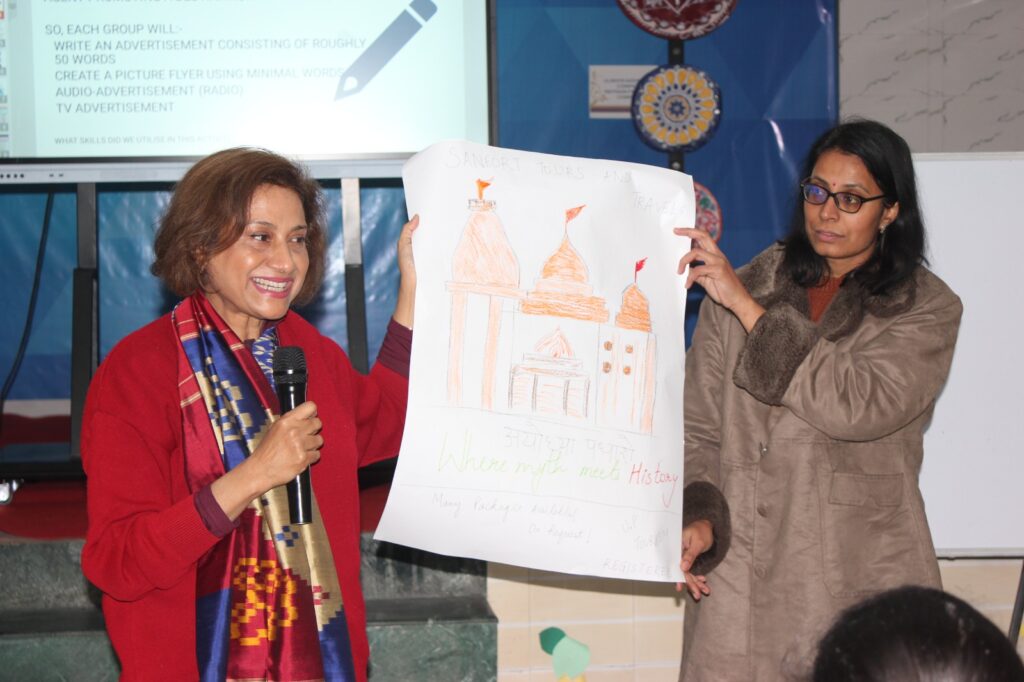
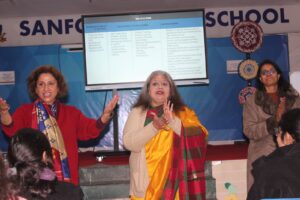
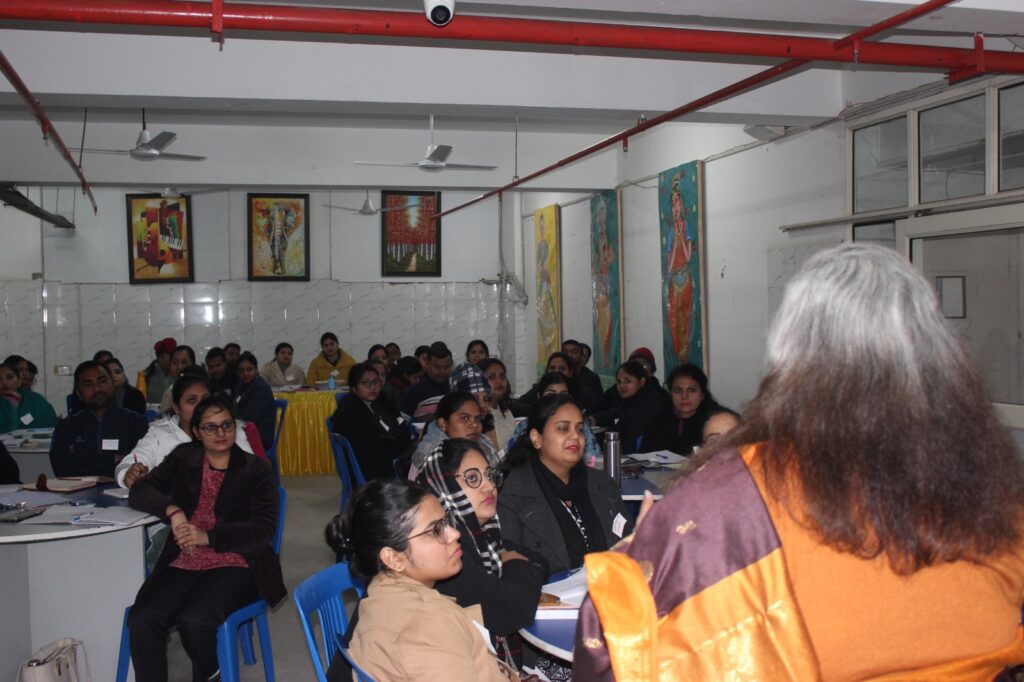
Today’s rapidly changing education System, teachers are tasked not only with imparting subject knowledge but also with equipping students with essential skills to thrive in the 21st century skils and effective teaching skills. As we navigate through the digital age and global interconnectedness, the need for educators to foster critical thinking, communication, collaboration, and creativity has never been more pronounced. In this article, we delve into the significance of enhancing 21st-century skills for effective teaching and offer practical strategies to integrate them into the classroom.
Workshop Objectives:
- Understand the importance of 21st-century skills in modern education.
- Develop proficiency in using relevant technology tools for teaching and learning.
- Cultivate critical thinking and problem-solving abilities.
- Foster creativity and innovation in lesson planning and delivery.
- Enhance collaboration and communication strategies among educators.
- Promote adaptability and lifelong learning mindset among teachers.
Why 21st Century Skills Matter
The 21st century poses numerous challenges and opportunities, requiring individuals to have a wide range of skills beyond traditional academics. As educators, it is crucial to understand that memorization and standardized testing alone are not enough to ready students for the intricacies of today’s world. Rather, the focus should be on developing skills that can be applied across various fields and in practical situations.
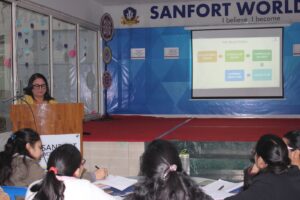
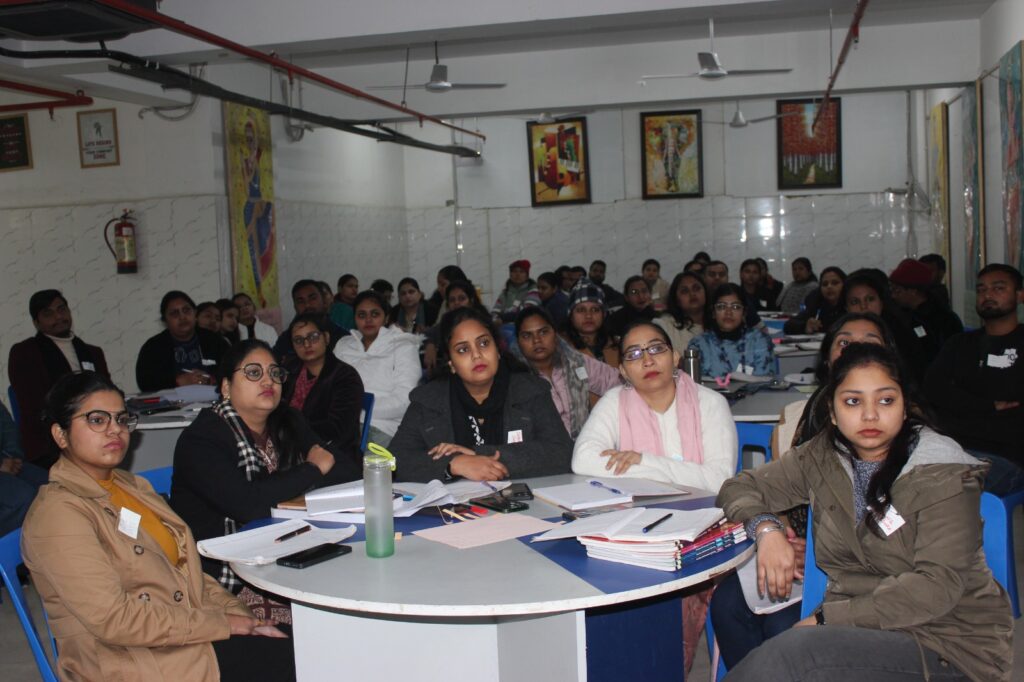
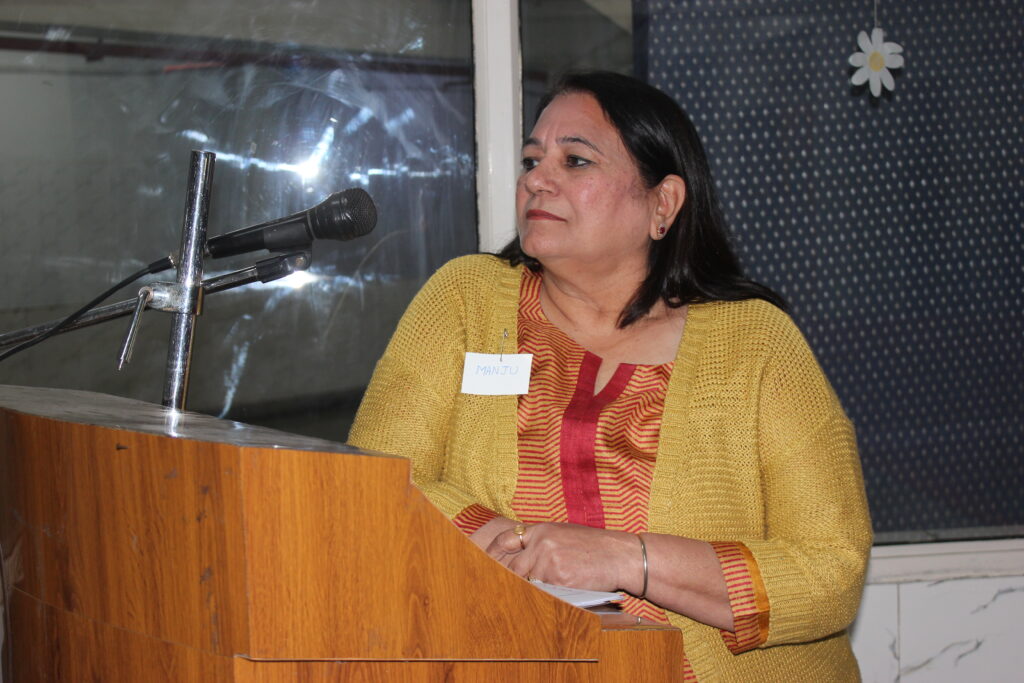
Strategies for Integration
- Project-Based Learning (PBL): Implementing PBL engages students in hands-on, inquiry-based tasks that foster critical thinking and problem-solving skills. By working collaboratively on projects, students learn to communicate effectively, think creatively, and adapt to various challenges.
- Technology Integration: Leveraging technology in the classroom not only enhances students’ digital literacy but also encourages creativity and innovation. Platforms such as educational apps, virtual simulations, and multimedia presentations provide opportunities for students to explore, create, and share their ideas.
- Collaborative Learning Environments: Creating a classroom culture that promotes collaboration enables students to learn from one another and develop essential teamwork skills. Group projects, peer teaching, and cooperative learning activities facilitate communication, empathy, and respect for diverse perspectives
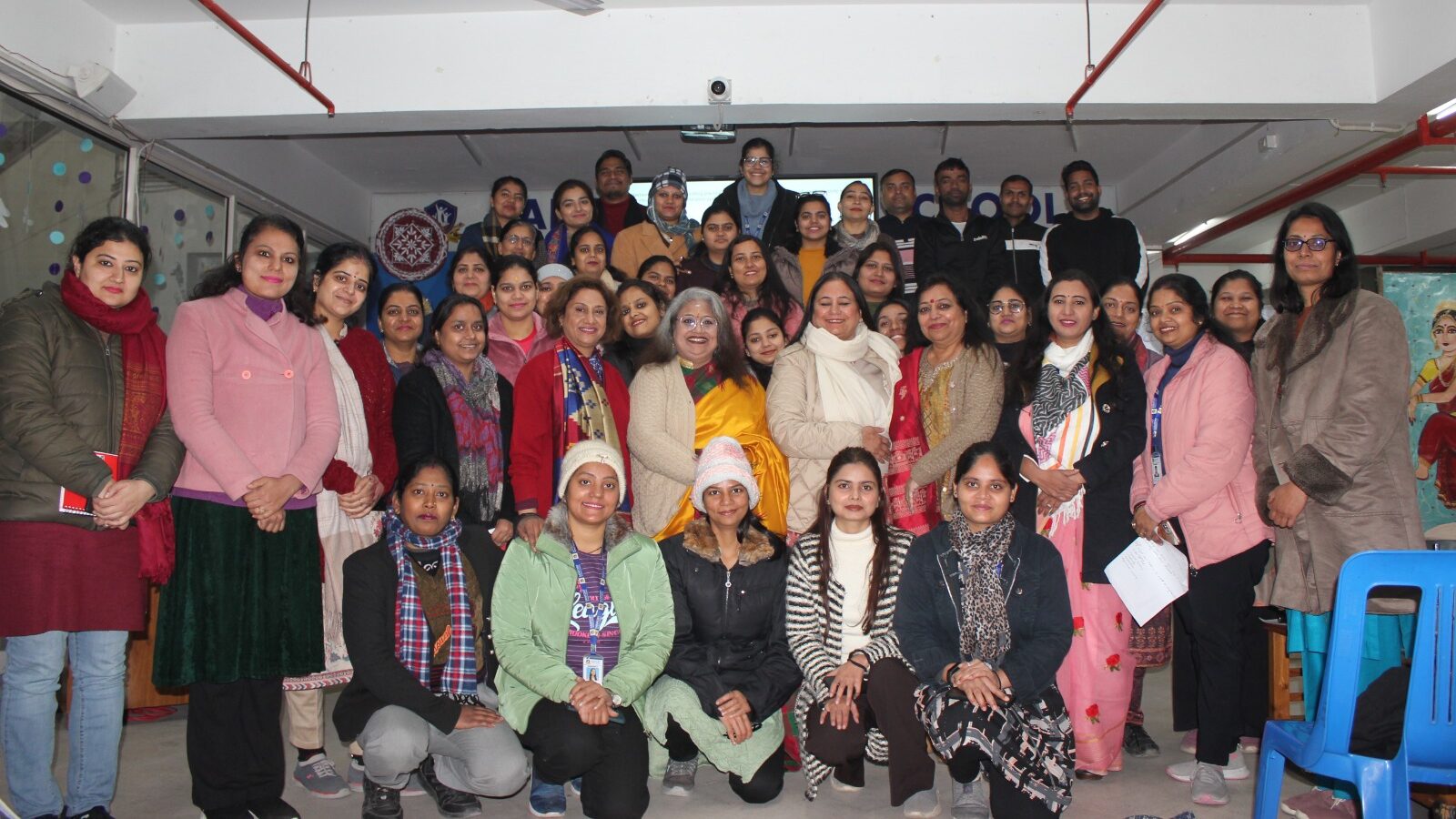
Connect us :
Website : www.sanfortworldschool.com
facebook Page : https://www.facebook.com/swsgreaternoida
Instagram Page : https://www.instagram.com/sanfortworldschool_gn/
Youtube channel : https://www.youtube.com/@sanfortworldschool_gn
Being aware of the key symptoms is crucial for prompt identification and appropriate action. Here are the key symptoms associated with eye flu:
- Redness and Irritation: One of the hallmark signs of eye flu is the sudden onset of redness in the whites of the eyes. This redness is often accompanied by itching and irritation.
- Watery Eyes: Excessive tearing or a watery discharge is common in viral conjunctivitis. This watery discharge may be clear initially but can become thicker over time.
- Discharge from the Eyes: A noticeable discharge, which may be white, yellow, or greenish, is a characteristic symptom. This discharge can crust over the eyelids, especially after sleep.
- Itchy Sensation: Patients often report an uncomfortable itching sensation in the affected eye or eyes. Persistent itching may exacerbate the irritation.
- Light Sensitivity: Photophobia, or increased sensitivity to light, is another symptom associated with eye flu. Bright lights may cause discomfort or pain.
- Blurry Vision: Some individuals may experience temporary blurry vision during an episode of viral conjunctivitis.
It’s important to note that symptoms can vary in intensity, and not all individuals will experience every symptom.
Connect us :
facebook Page : https://www.facebook.com/swsgreaternoida
Instagram Page : https://www.instagram.com/sanfortworldschool_gn/
Youtube channel : https://www.youtube.com/@sanfortworldschool_gn
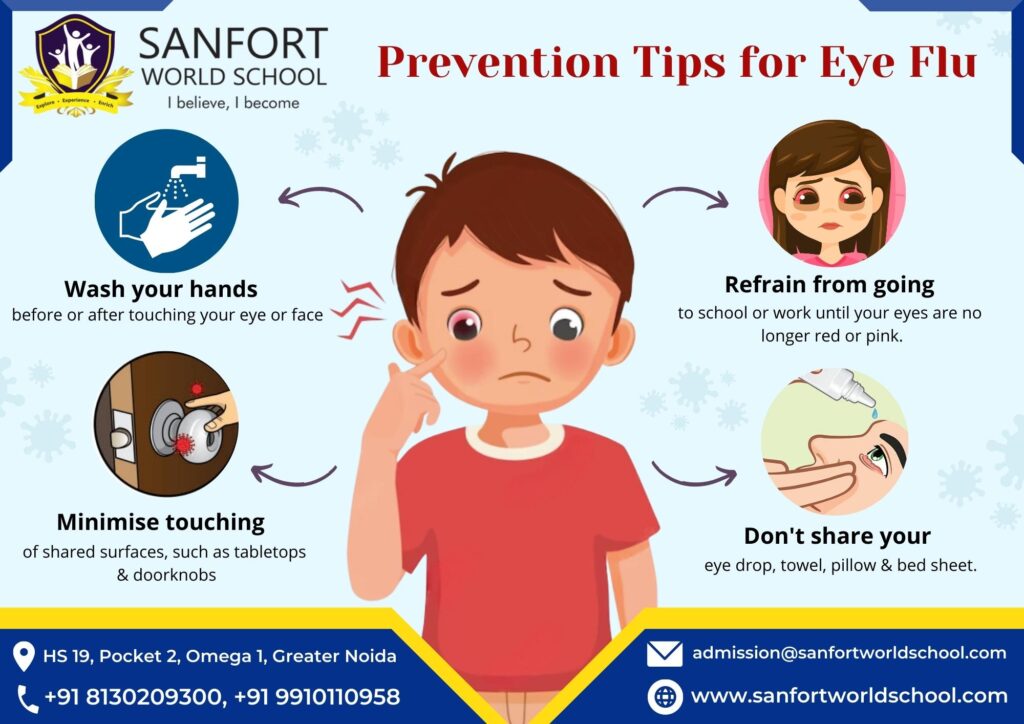
Eye Health Matters
Here are some prevention tips:
- Wash Your Hands Frequently: Regularly washing your hands with soap and water is one of the most effective ways to prevent the spread of eye flu. Make sure to wash your hands before touching your eyes or face.
- Avoid Touching Your Eyes: Try to avoid touching your eyes with your hands, especially if you have been in contact with someone who has eye flu. If you need to touch your eyes, make sure your hands are clean.
- Use Hand Sanitizer: When soap and water are not available, use an alcohol-based hand sanitizer to clean your hands thoroughly.
- Avoid Sharing Personal Items: Do not share towels, pillows, or other personal items with someone who has eye flu. Additionally, avoid sharing eye makeup, contact lenses, or eyeglasses.
- Clean and Disinfect Surfaces: Regularly clean and disinfect surfaces that may come into contact with the virus, such as doorknobs, countertops, and phones.
- Practice Good Hygiene: Cover your mouth and nose with a tissue or your elbow when coughing or sneezing to prevent the spread of germs. Dispose of used tissues immediately.
- Avoid Close Contact: Try to avoid close contact with people who have symptoms of eye flu, such as redness, itching, or discharge from the eyes.
- Stay Home When Sick: If you develop symptoms of eye flu, such as red or itchy eyes, discharge, or sensitivity to light, stay home from work, school, or other activities to prevent spreading the infection to others.
Connect us :
Website : Www.sanfortworldschool.com
facebook Page : https://www.facebook.com/swsgreaternoida
Instagram Page : https://www.instagram.com/sanfortworldschool_gn/
Youtube channel : https://www.youtube.com/@sanfortworldschool_gn